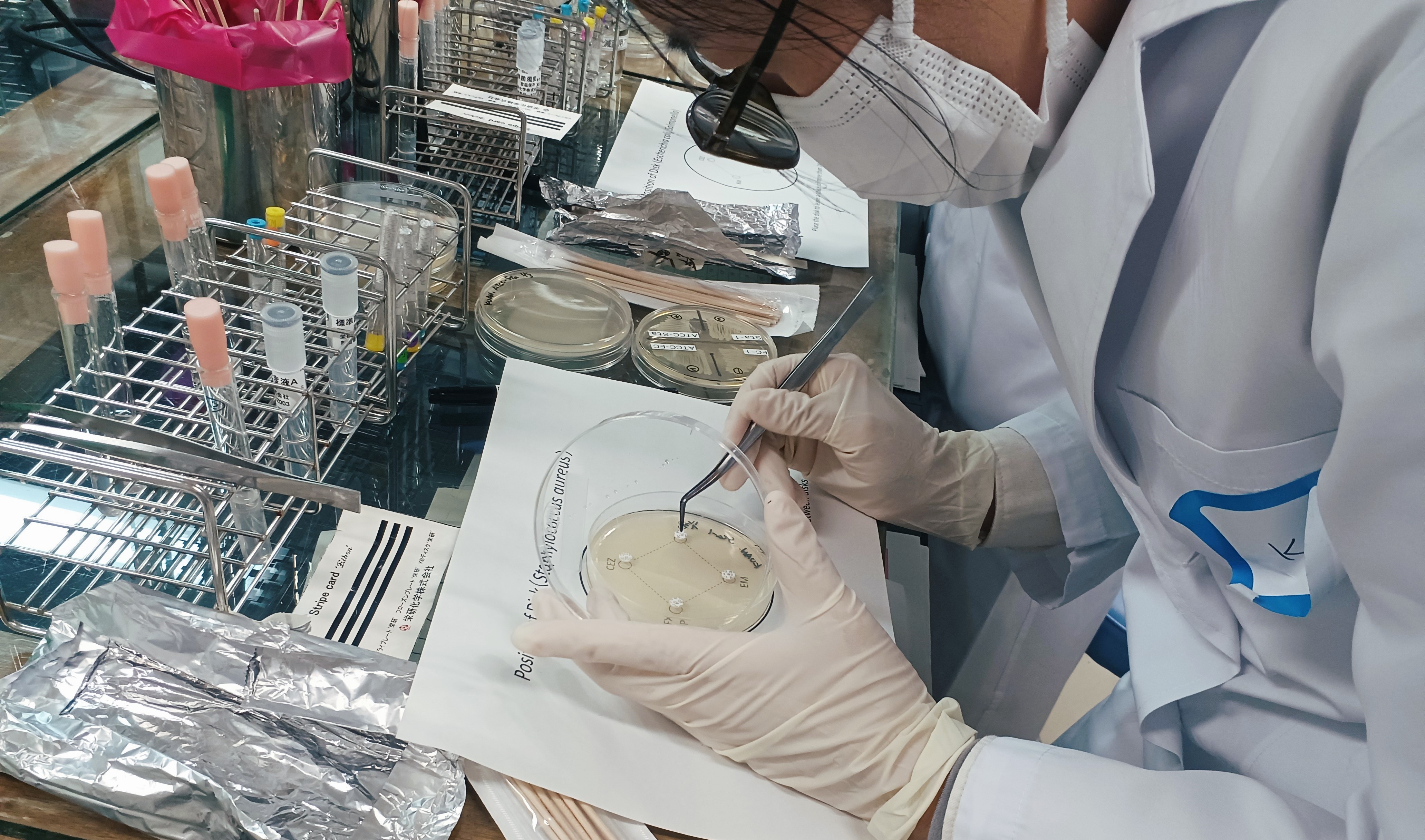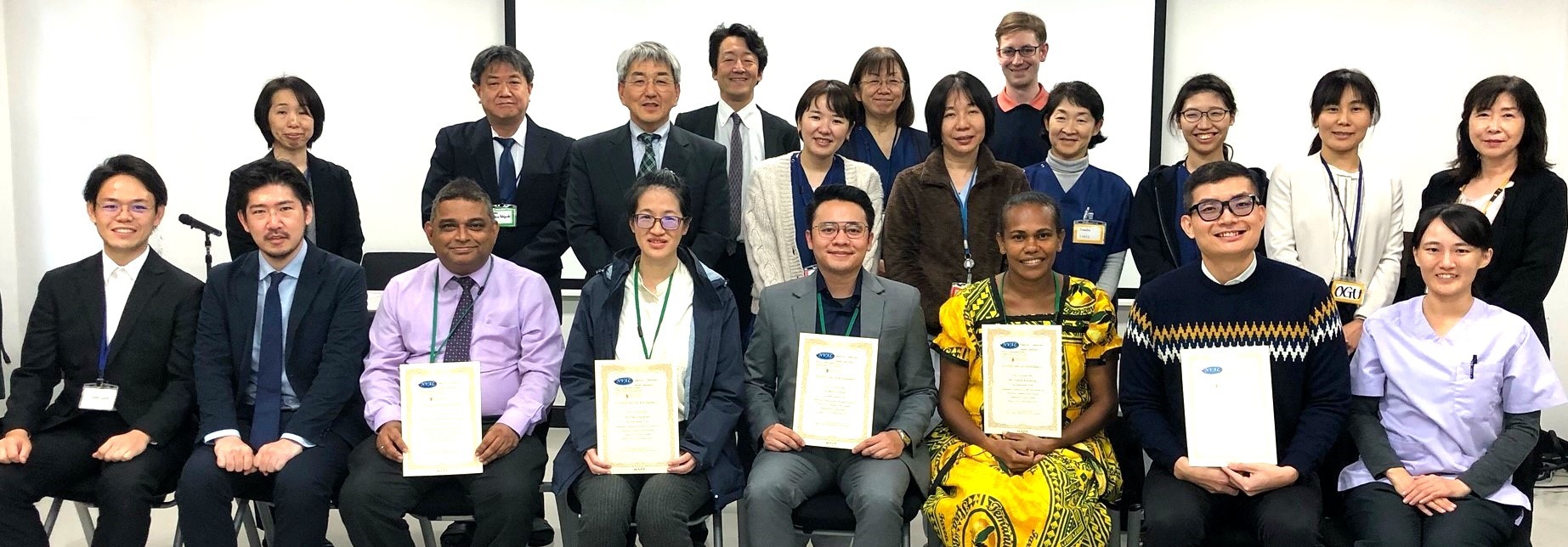
The World Organisation for Animal Health (WOAH) Regional Representation for Asia and the Pacific (RRAP), in collaboration with the National Veterinary Assay Laboratory (NVAL), Japan, has been engaged in capacity-building activities for national laboratories focused on antimicrobial resistance (AMR) in recent years.
In Asia, a growing human population and increased demand for animal-sourced food are driving intensified food-producing animal processing and use of antimicrobial agents in various production systems. Thus, Asia is considered a hot spot for antimicrobial use (AMU) in the animal health and production sectors.
Strengthening surveillance and monitoring of antimicrobial resistance (AMR) and promoting more prudent AMU in compliance with international standards are keys to tracking and controlling AMR’s emergence in foodborne pathogens.
With this backdrop, WOAH RRAP organized a Laboratory Training on AMR Surveillance in Terrestrial and Aquatic Food Animals.
The primary objective of this training was to enhance participants’ knowledge and proficiency in AMR susceptibility testing, particularly in samples from food animals, through hands-on experience and in-depth learning. A comprehensive program was designed to equip participants with both theoretical understanding and practical skills.
The training included lectures covering key topics such as the mechanisms of antimicrobial resistance, antimicrobial susceptibility testing (AST) methods, and Japan’s Veterinary Antimicrobial Resistance Monitoring System (JVARM). Participants also explored risk management and assessment strategies and discussed challenges related to the lack of established breakpoints in AST.
A participant performs an antimicrobial susceptibility test as part of the AMR training programme.
Hands-on training sessions provided practical experience with basic AST methods, including broth microdilution, disk diffusion, colistin broth disk elution (CBDE), and agar dilution methods. Participants also conducted genetic analyses using PCR to detect resistance genes such as mecA and mcr. Advanced training focused on molecular techniques such as multilocus sequence typing (MLST) and spa typing, along with whole genome analysis, which emphasizes bioinformatics and data interpretation. The program also included training in mass spectrometry using MALDI TOF-MS for microbial identification and resistance profiling.
This training is in alignment with the WOAH Strategy on AMR and the Prudent Use of Antimicrobials (2022) and contributed to its Objective 2: Strengthen Knowledge through Surveillance and Research and Objective 3: Support Good Governance and Capacity Building.
Dates: 11-15 November 2024
Venue: Tokyo, Japan
Participation: By invitation



